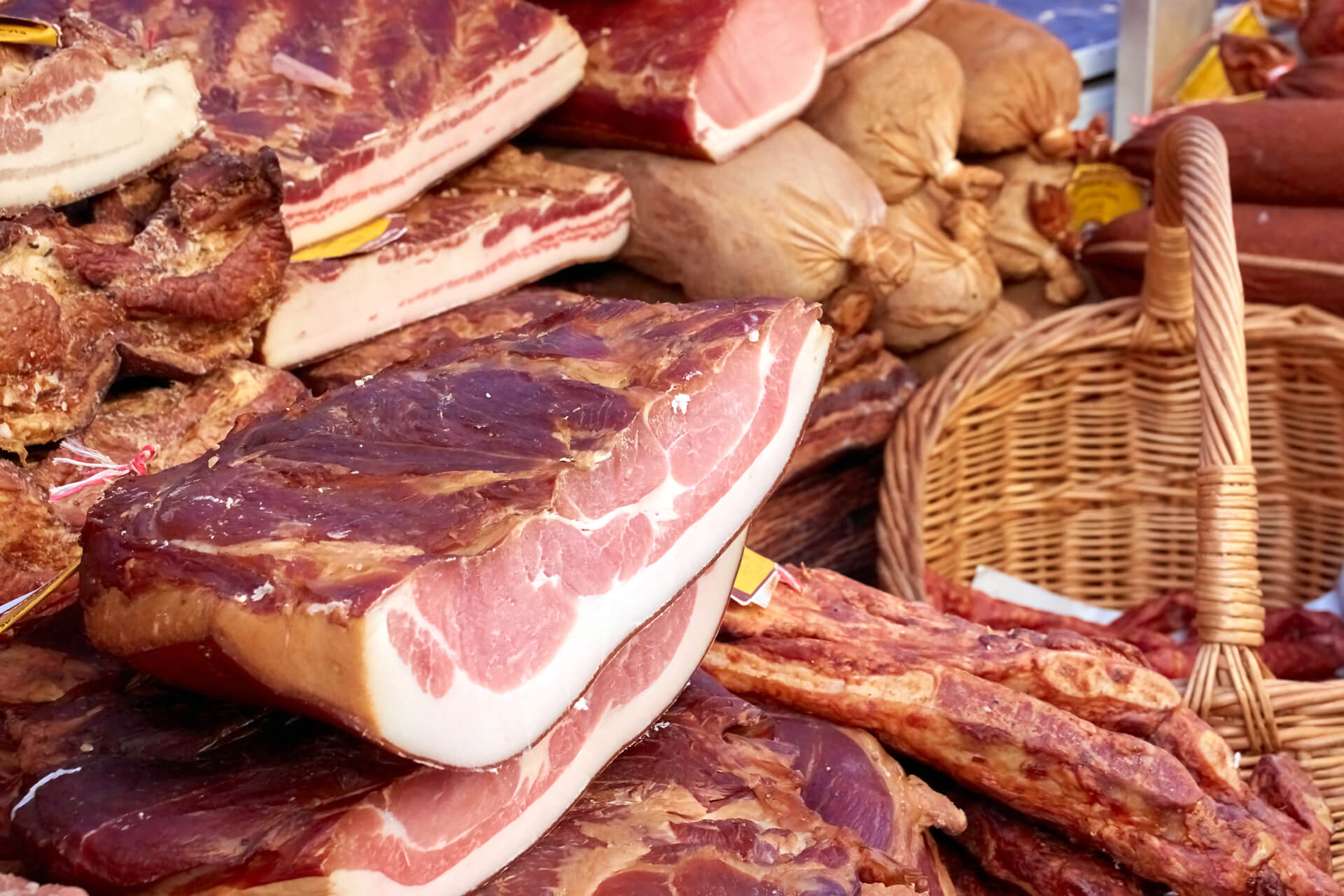Obtain the very best Deals on Fresh Meat at Bagley Farms Meat Market Edwardsville IL
Obtain the very best Deals on Fresh Meat at Bagley Farms Meat Market Edwardsville IL
Blog Article
Discover the Art of the Butcher's Cut in a Modern Meat Market
In the ever-evolving landscape of modern meat markets, the butcher's cut has transcended its typical roots, merging age-old craftsmanship with modern methods. What absolutely establishes the modern butcher apart is their capability to create a deeper connection between consumers and the origins of their meat.
Development of Butchery Methods
The evolution of butchery methods shows an abundant tapestry of development and adjustment driven by improvements in innovation, modifications in customer need, and a deeper understanding of meat scientific research. Historically, butchery was a craft gave via generations, with techniques honed over centuries to take full advantage of yield and flavor. However, the commercial revolution introduced mechanization, transforming traditional practices and enabling large-scale processing.
The mid-20th century saw butchery strategies better refined by clinical insights right into muscular tissue biology and meat aging, improving both tenderness and preference. Innovations like vacuum packaging and refrigeration expanded product shelf-life, allowing butchers to branch out offerings and boost quality assurance. This period also marked the surge of customized tools, such as band saws and meat slicers, which enhanced accuracy and efficiency in meat handling.

The 21st century has actually presented electronic modern technology right into the butchery world. Computerized systems now aid in monitoring pet provenance and optimizing cuts to satisfy details client choices. Additionally, a renewal in artisanal butchery has actually arised, blending standard abilities with contemporary knowledge to cater to customers seeking ethical and lasting meat alternatives. This evolution underscores a vibrant interaction between practice and technology, conference modern needs while protecting the craft's heritage.
Understanding Meat Cuts
Comprehending the details of meat cuts is essential for both butchers and customers seeking high quality and worth. For butchers, precise cuts show ability and respect for the craft, guaranteeing marginal waste and optimum return.

Understanding muscular tissue composition is important; muscles utilized more regularly by the pet tend to be harder and are best suited for slow-moving cooking methods, while less-used muscle mass, like those located in the loin, are more tender and perfect for barbecuing or roasting. Knowledge with these distinctions encourages customers to make enlightened options, improving their cooking undertakings.
Choosing Quality Meat
Choosing the right meat entails even more than simply choosing a visually enticing item from the display screen. The art of picking quality meat needs a critical eye and expertise of specific characteristics that represent freshness and quality.
Second of all, think about the marbling, which describes the white flecks of fat within the original site muscle. Proper marbling is an essential indicator of inflammation and taste, as it thaws throughout cooking, enhancing the meat's juiciness. Bear in mind, higher marbling usually correlates with exceptional high quality cuts, such as USDA Prime.
Appearance is one more crucial element; meat ought to feel firm to the touch, not slimy or extremely soft. Additionally, be mindful of the fragrance. Fresh meat needs to have a clean, neutral odor, free from any kind of sour or repulsive smells.
Matching Cuts With Cooking Techniques

Conversely, harder cuts like brisket and chuck roast are abundant in collagen, which damages down right into jelly when prepared gradually. These cuts are optimal for braising or slow-moving roasting, permitting the meat to tenderize over time and develop deep, complicated tastes. Likewise, cuts such as brief ribs and pork shoulder prosper with slow-cooking approaches, where prolonged cooking times change their robust structures right into succulent recipes.
Lamb shanks and oxtail, which need extended cooking to soften, are perfect prospects for cooking or slow-moving simmering. These techniques coax out rich, hearty tastes while preserving wetness. By recognizing the unique qualities of each cut, cooks and home chefs alike can elevate their cooking developments, making sure each dish is both satisfying and remarkable.
The Butcher's Function Today
Browsing the progressing landscape of the modern meat market, the butcher's function today expands beyond simple prep work of cuts. Contemporary butchers are culinary artisans, teachers, and advocates for sustainable techniques.
In addition to crafting accurate cuts, butchers currently involve directly with consumers, supplying cooking advice and customizing options to useful link match individual demands and preferences. Their proficiency in meat aging, marbling, and about his flavor profiles empowers consumers to make enlightened choices, boosting their cooking experiences. This personalized solution exhibits the butcher's developing function as a relied on advisor in the cooking area.
Moreover, butchers are crucial in reducing waste, using whole animals to produce varied products such as sausages and stocks. This detailed method not only respects the animal however likewise straightens with contemporary sustainability goals. By doing this, the modern-day butcher embodies both tradition and technology, adapting to an ever-changing market while preserving the virtuosity and stability of their craft.
Verdict
The modern butcher's craft intricately weaves typical strategies with modern technologies, emphasizing lasting practices and ethical sourcing. Mastery in understanding diverse meat cuts and high quality signs encourages butchers to give informed suggestions, aligning particular cuts with ideal cooking methods. This experience not only raises culinary experiences but also enhances the connection in between customers and the beginnings of their food. By honoring historical practices while welcoming modern needs, the butcher's function continues to be essential in today's innovative meat market (bagley farms meat market edwardsville il).
Report this page